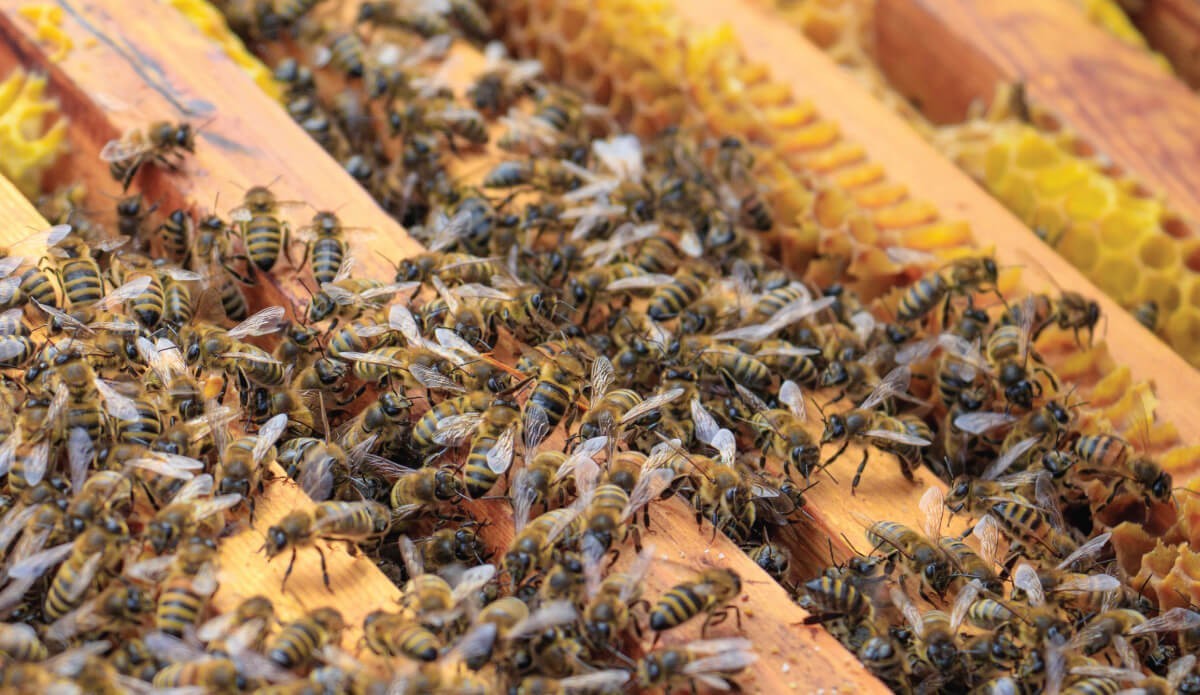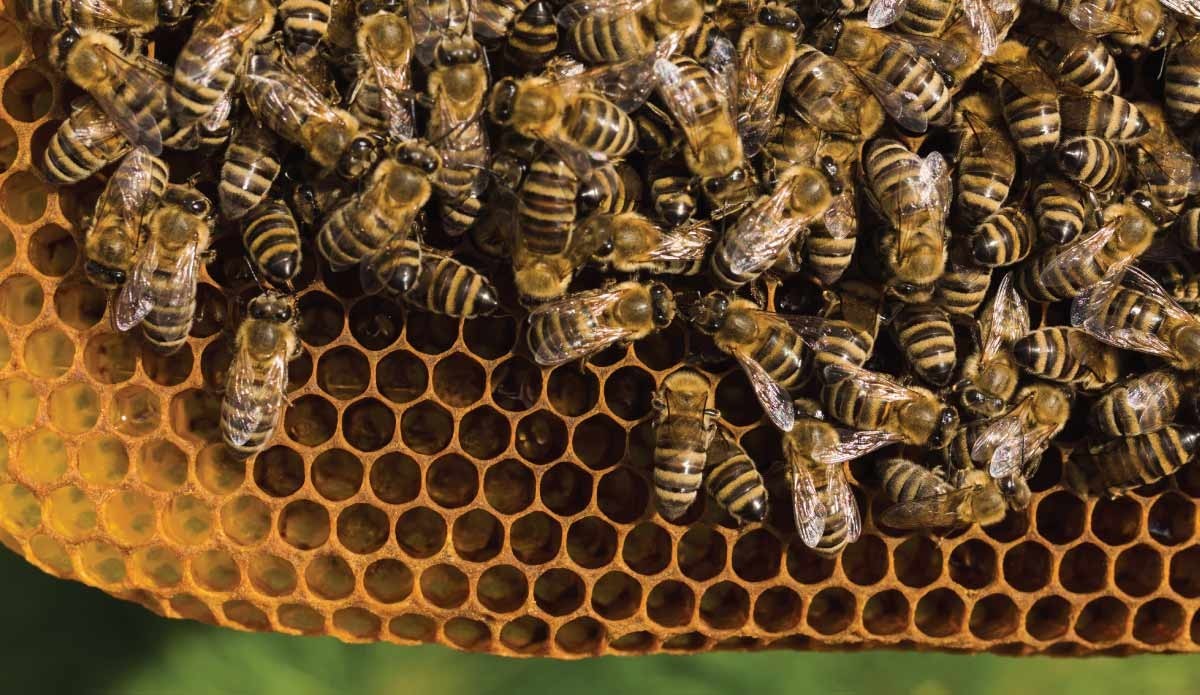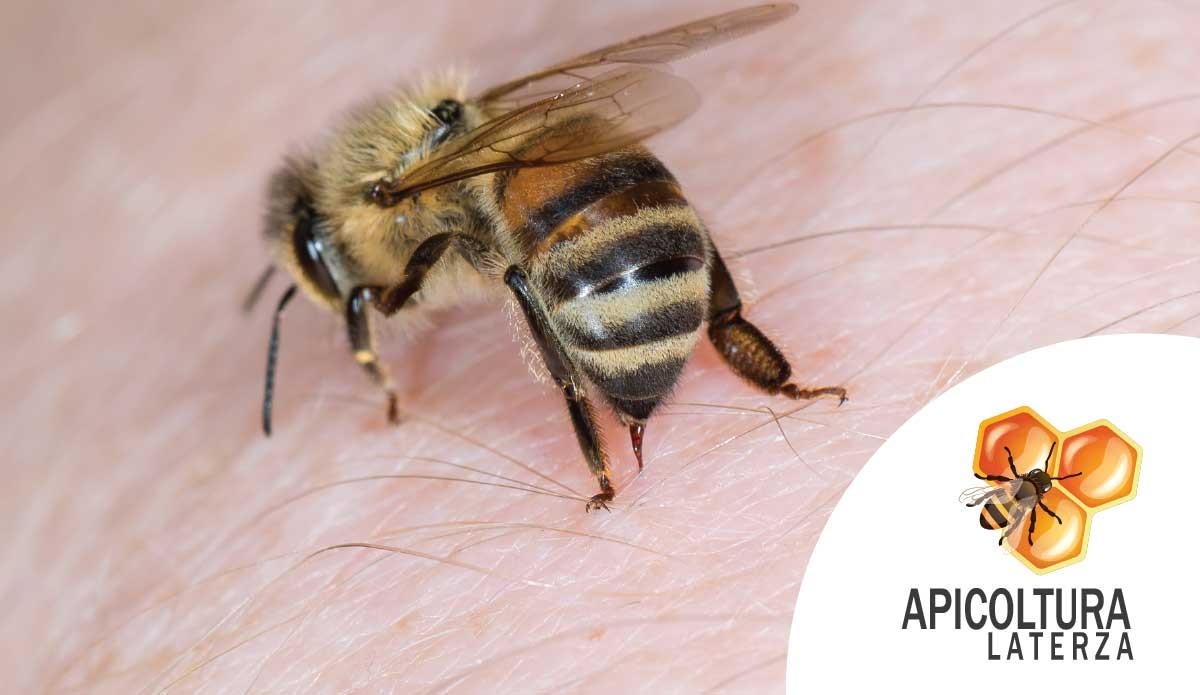Queen bees and swarming

What is swarming? How can beekeepers control this phenomenon?
When the queen bees find themselves having finished their production cycle inside the hive, they are forced to leave their home.
Why is this happening? What we can tell you is that swarming is part of the biological mechanisms of bees in which, when a queen becomes less productive in terms of productivity, she is replaced by a new, younger and stronger ruler.
Although it is a natural phenomenon, it is still possible, in beekeeping, to be able to control swarming through some knowledge about it. So let's go deeper into how swarming works and how to behave to minimize the loss of bees.
Life in hives
The life of bees, as we all know, is governed by strict and precise rules. Bees aim for the conservation of their swarm and invest their entire life and time to carry on their survival over time.
The queen bees play a vital role in all of this. Being the only ones able to reproduce, the queens take care of the deposition of eggs inside the cells in a constant manner.
The number of eggs laid is always very high and this will allow the swarm to be always renewed in its strength through new births.
When a swarm is strong and healthy, there are up to 50 or 60 thousand individuals. The size of a swarm allows the entire hive to be able to perform all the tasks necessary to survive at best.
When the queen bees leave: this is what swarming is
As we pointed out, the role of queen bees is vital. When a queen becomes less efficient at daily egg production, her workers are already starting to plan for the birth of a replacement.
In hives, two queens can never coexist. The rule is always valid and has no exceptions. When the new queen is ready to be born, the old sovereign will have to leave the hive immediately.
Swarming occurs when a queen bee leaves her home to be replaced.
The queen who leaves the hive will not go away alone but with a group of bees who will accompany her and a small supply of honey for their survival. In fact, the queen bee is not used to managing and surviving alone. For this reason, part of the swarm will go away with her.
It is therefore important to be aware of these mechanisms. In beekeeping, swarming is a process that is always kept under control. In many cases, good skill and knowledge towards bees can slow down or even reduce the loss of bees.
In some cases, swarming is even avoided altogether.
Queen bee selection
It should be noted that there is no single and safe method to control swarming. Swarming depends a lot on the genetic characteristics of the queen bees and varies a lot with the production and climatic season. Not all queens become less productive after the same time. Some queens maintain the pace of production for a long time and for this reason they are replaced by their colleagues over a longer period. The beekeeper must always try to breed queen bees that are less prone to swarming. It is also important to keep an eye on the periods in which the propensity to swarm peaks occur.
Controlling swarming in beekeeping
One of the most used methods by breeders to control the phenomenon is to remove the real cells. In this way the bees will not have the possibility to breed the larvae destined to become new queens and, in this way, the process can be slowed down.
Of course, to prolong the delay of the swarm, the real cells must be removed constantly. A check should be made every week to make sure the bees have not already built new ones. The constant removal of the royal cells allows us to postpone the birth of new queens constantly, thus bringing the bees to take care of the old sovereign again and, consequently, not to lose a part of the swarm that will go away with her.
In all cases, it is always important to recognize the causes of swarming and to be able to intervene in a targeted manner to better control the phenomenon.
It is usually possible to recognize the imminent occurrence of the phenomenon through some particularities.
A hive preparing for swarming has the following characteristics:
- It is heavily populated by bees;
- hosts a substantial number of drones,
- has real sealed cells.
Of course, with any intervention a complete success of your intent is never guaranteed. Restraining the natural mechanisms of bees goes against their survival instinct. Only with a good knowledge of these wonderful animals, you are able to understand when to intervene.
Often a good beekeeper is not the one who aims only at his own interests but the one who manages to calibrate his work in symbiosis with bees. Respect for their biological mechanisms is the basis of every professional breeding.
Queen bees purchase online
If you are a beekeeper and you need to buy queen bees, swarms, nuclei and bee families, we inform you that it is possible to buy bees directly online thanks to Apicoltura Laterza!
We are exclusive producers of Buckfast queen bees and Ligustiche both virgin and fertile.
Are you interested in purchasing? Discover the real-time availability of our bees, clicking here and buy directly online!






